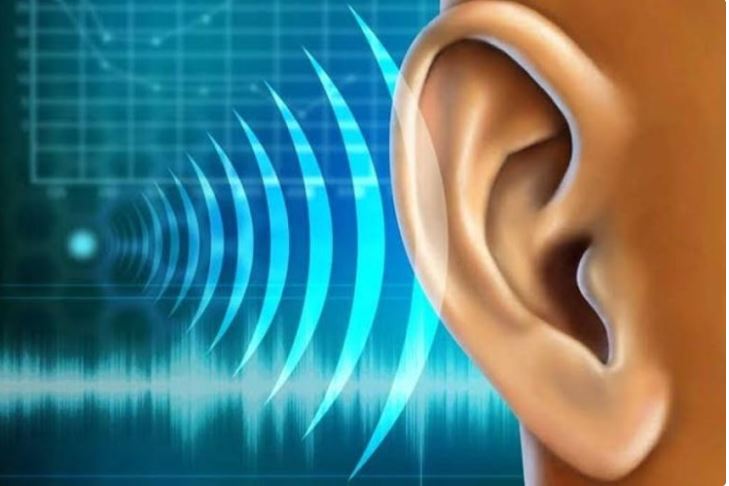


 3:57:32
3:57:32  2023-07-12
2023-07-12  691
691

A team of philosophers and psychologists has concluded that silence is not soundproofing or deafening, but something that can literally be heard.
Researchers have used auditory illusions to reveal how moments of silence distort people's perception of time.
The study touched on the debate over whether people can hear more than sounds, which has baffled philosophers for centuries.
Their findings suggest that people may "hear silence" in the same way they hear sounds.
"We usually think that our sense of hearing is concerned with sounds," said the study's lead author, Royi Gai Goh, a graduate student in philosophy and psychology at Johns Hopkins University. "But silence, whatever it is, is not a sound - it is the absence of sound. What our work suggests is surprising." The "nothing" is also "something you can hear".
The team adapted known auditory illusions to create versions in which the sounds of the original illusions were replaced by moments of silence. For example, one of the illusions made the voice appear much longer than it actually was.
In the team's new illusion of silence, a moment of silence seemed longer than it actually was.
The fact that these illusions based on silence produced exactly the same results as their counterparts based on sound indicates that people hear silence just as they hear sounds, the researchers said.
"Our approach was to ask if our brains process silence the way they treat sounds," said Chaz Firestone, associate professor of psychological and brain sciences who directs the Johns Hopkins Center for Cognition and Mind. "And if you can get the same illusions of silence that you get with sounds, This may be evidence that we literally hear silence after all. In auditory illusions, the brain believes it can hear something that is not there or exists in a different form than how it perceives it.
And just like optical illusions that trick people into seeing, auditory illusions can cause people to hear for longer or shorter periods of time than they actually are.
One example is known as a one-is-more illusion, where a long beep sounds longer than two short beeps in a row even when the two sequences are equally long.
In tests involving 1,000 participants, the team switched sounds in a one-is-more illusion with moments of silence, and played back the auditory illusion in what they called the "one-is-more illusion." They found the same results.
And people thought that one long moment of silence was longer than two short moments of silence. Other illusions of silence produced the same results as the illusions of sound.
Participants were asked to listen to simulated audio clips of crowded restaurants, markets and train stations. Then they listened for periods within those audio tracks when all sound suddenly stopped, resulting in a brief silence.
Reality Of Islam |
|

Water may s

"It is

The process

Astronomers
 9:3:43
9:3:43
 2018-11-05
2018-11-05
10 benefits of Marriage in Islam
 7:5:22
7:5:22
 2019-04-08
2019-04-08
benefits of reciting surat yunus, hud &
 9:45:7
9:45:7
 2018-12-24
2018-12-24
advantages & disadvantages of divorce
 11:35:12
11:35:12
 2018-06-10
2018-06-10
 6:0:51
6:0:51
 2018-10-16
2018-10-16
 1:34:8
1:34:8
 2022-02-01
2022-02-01
 12:10:56
12:10:56
 2022-11-17
2022-11-17
 9:30:2
9:30:2
 2021-11-12
2021-11-12
 10:55:53
10:55:53
 2022-06-13
2022-06-13
 2:11:12
2:11:12
 2022-10-15
2022-10-15
 9:42:16
9:42:16
 2022-10-19
2022-10-19
 4:2:19
4:2:19
 2022-10-10
2022-10-10
 5:41:46
5:41:46
 2023-03-18
2023-03-18
| LATEST |